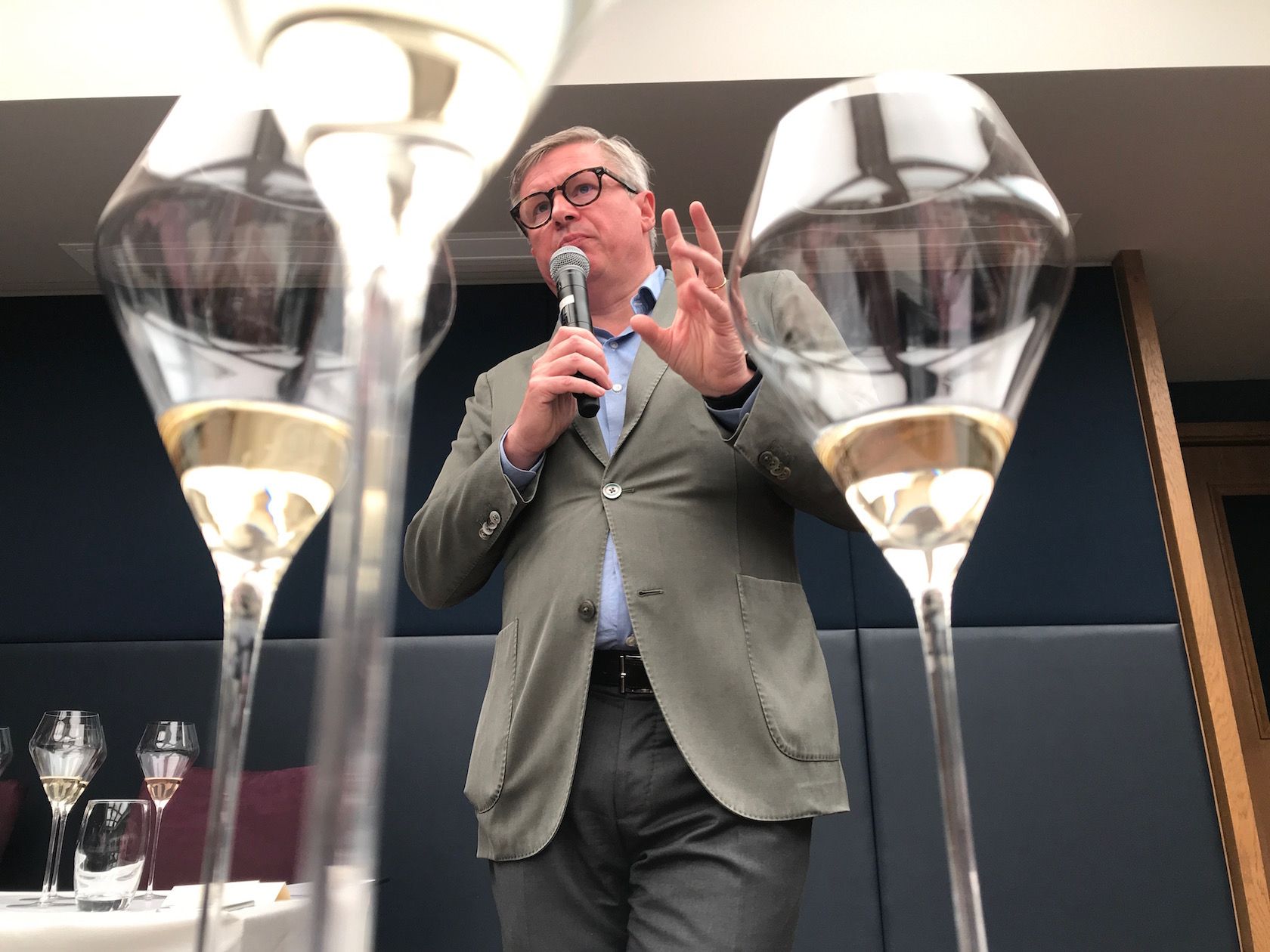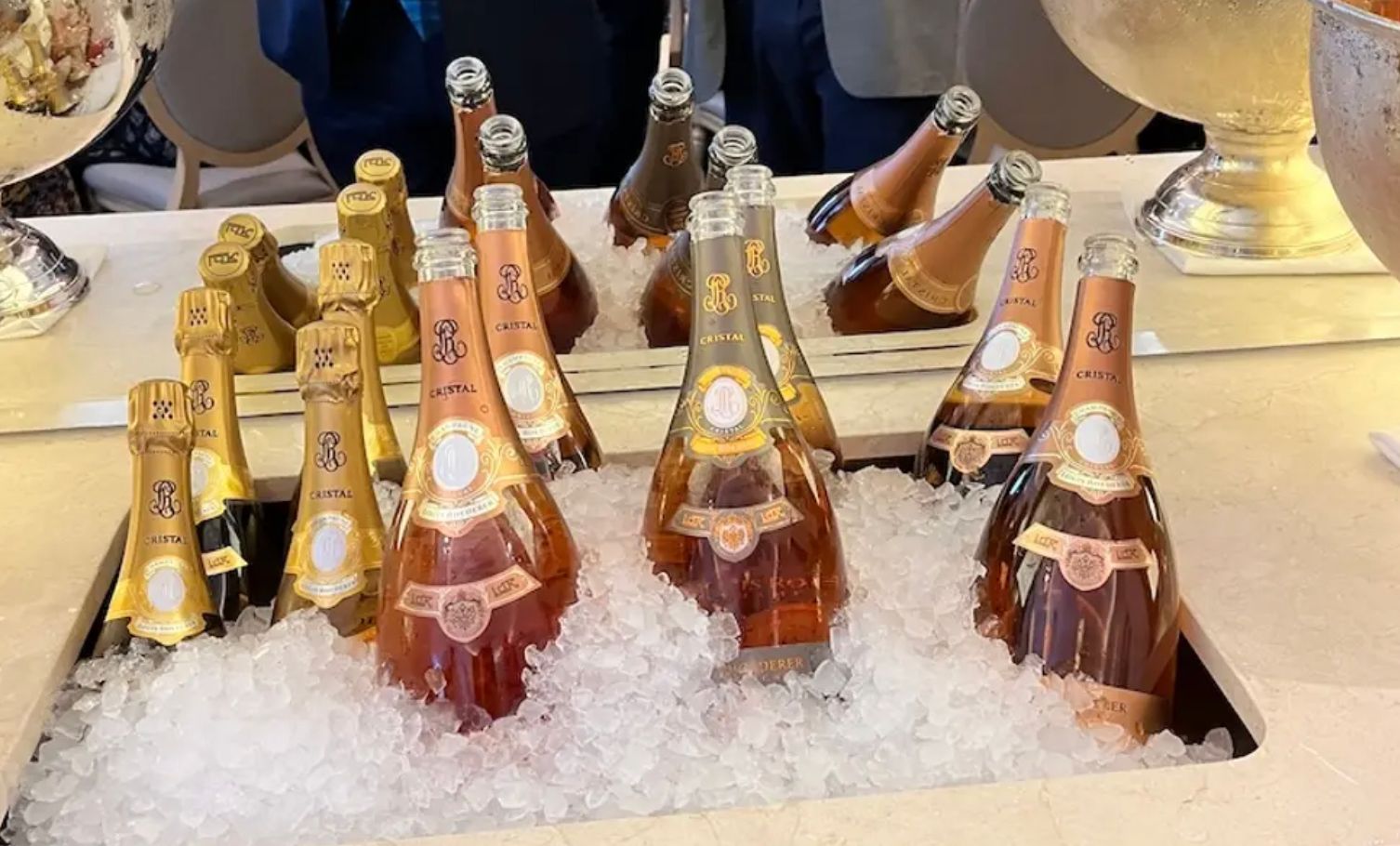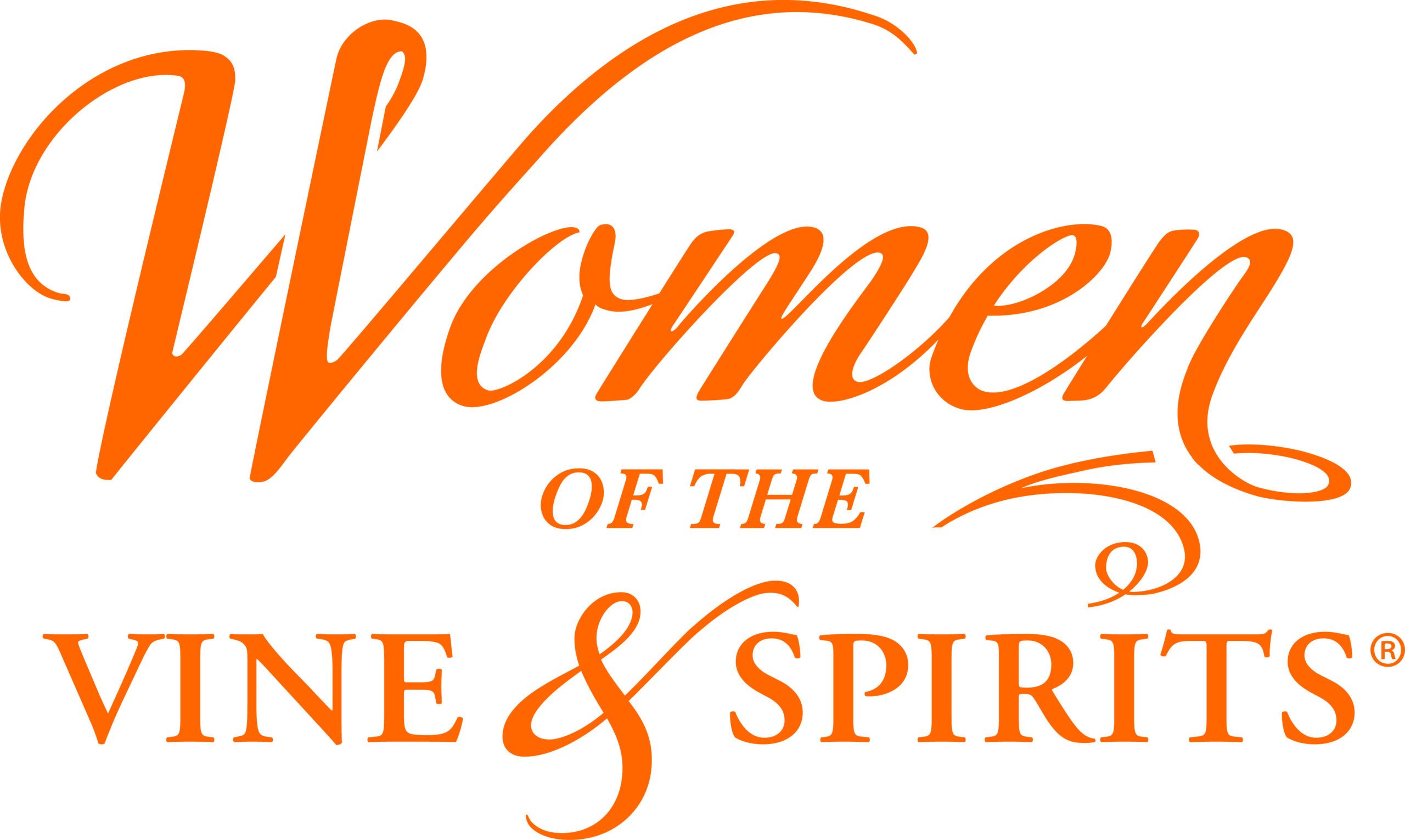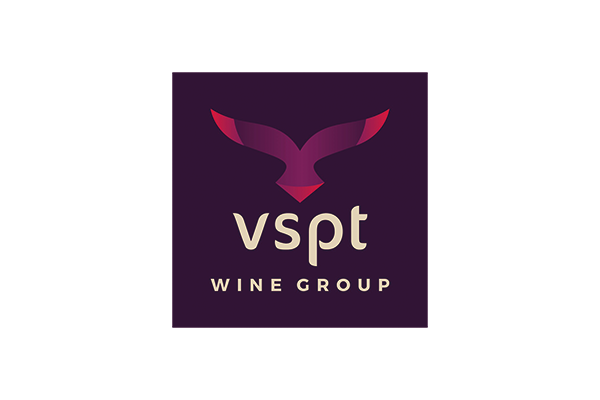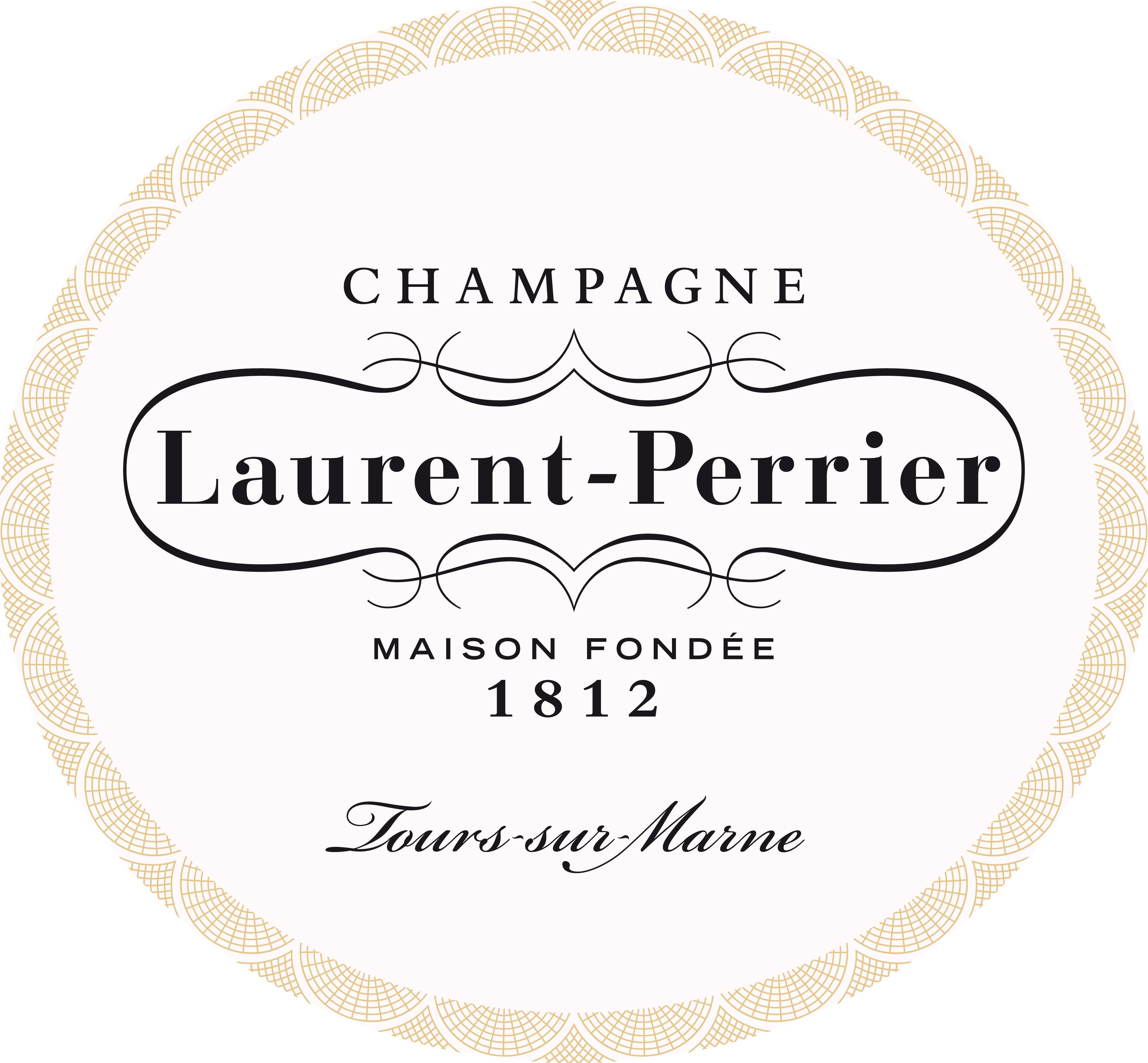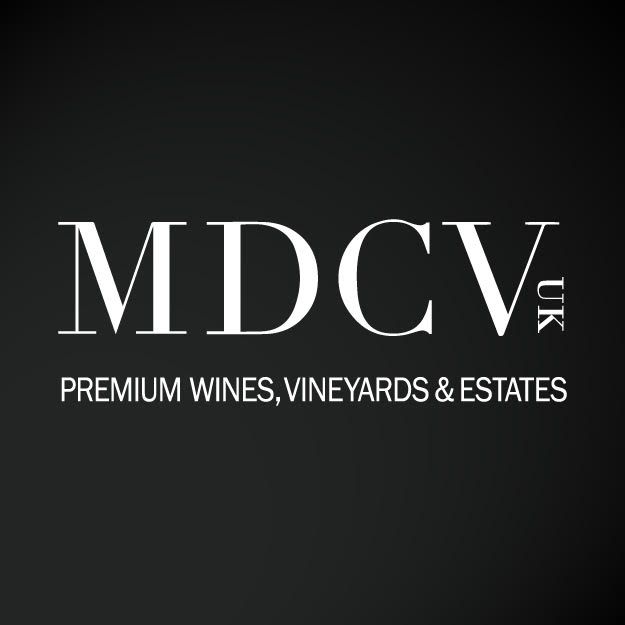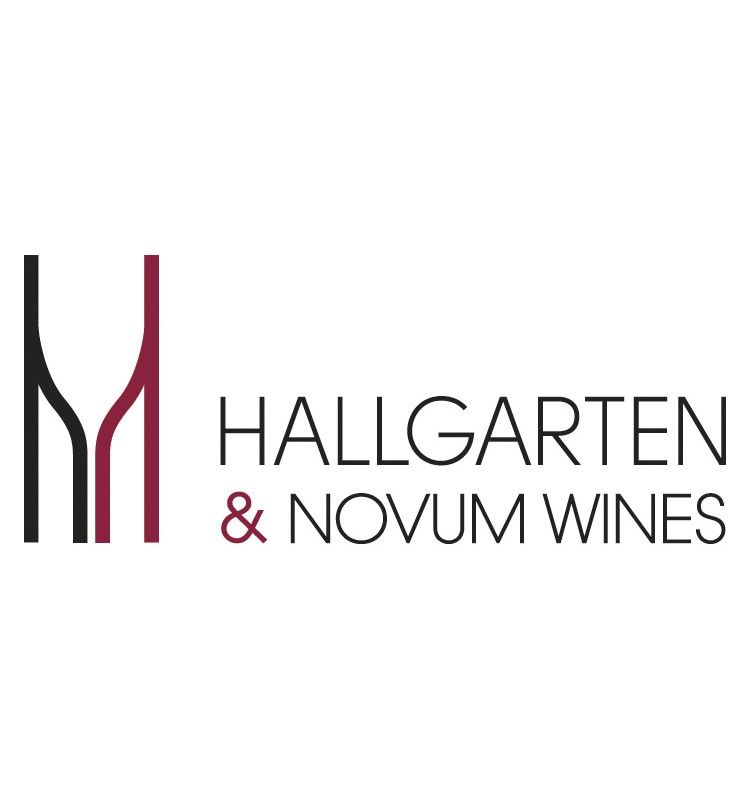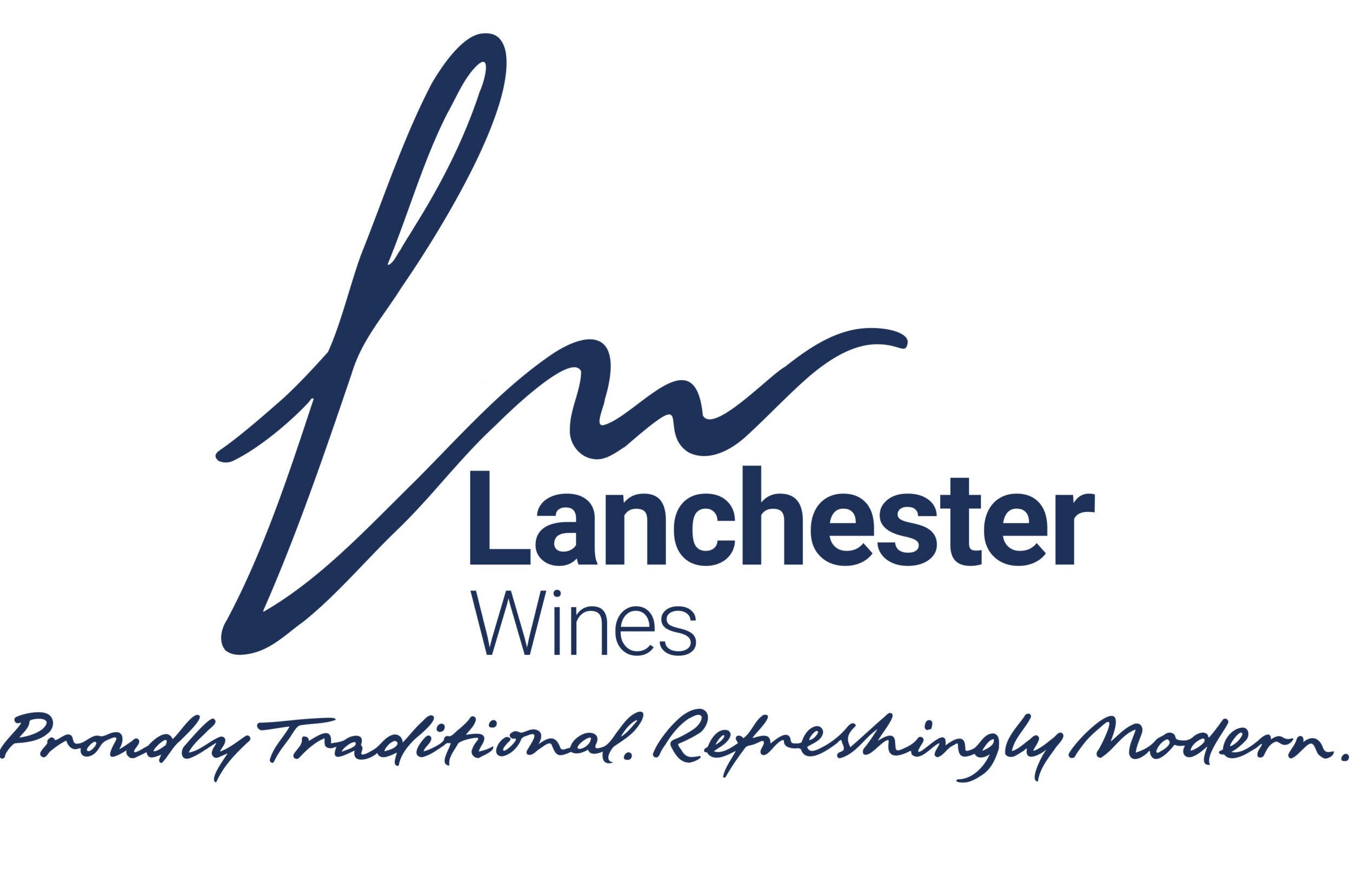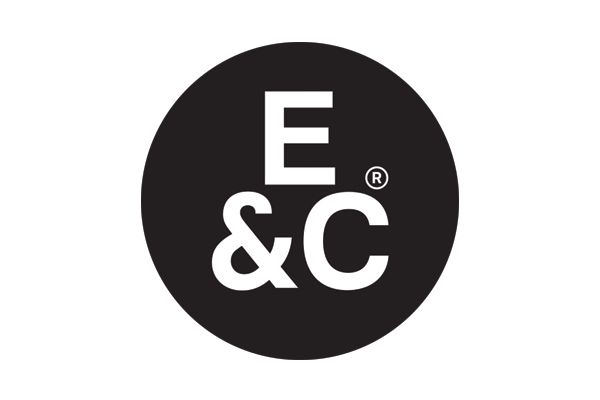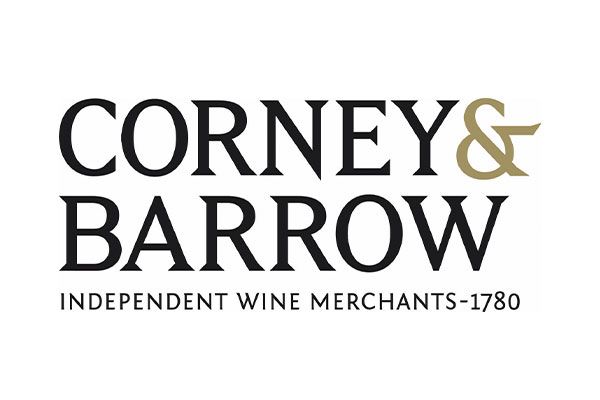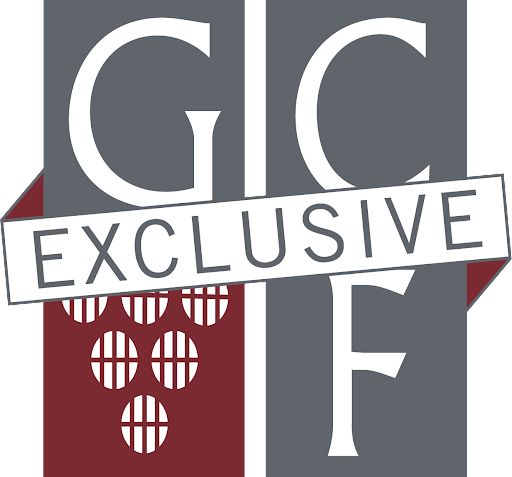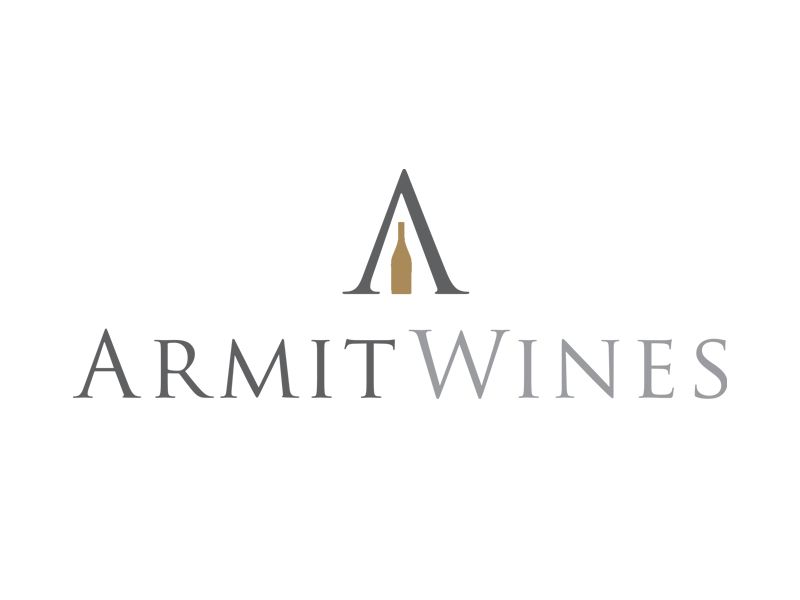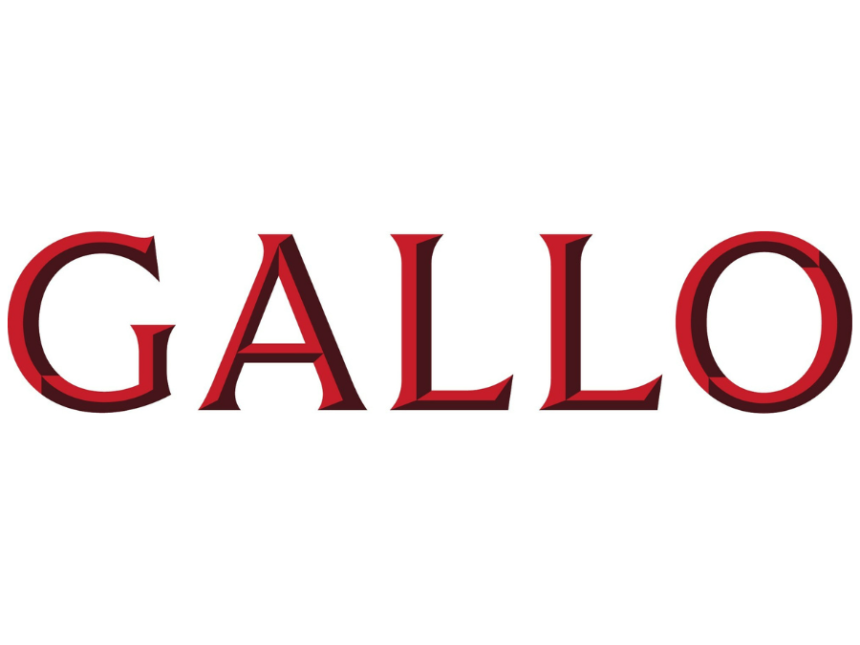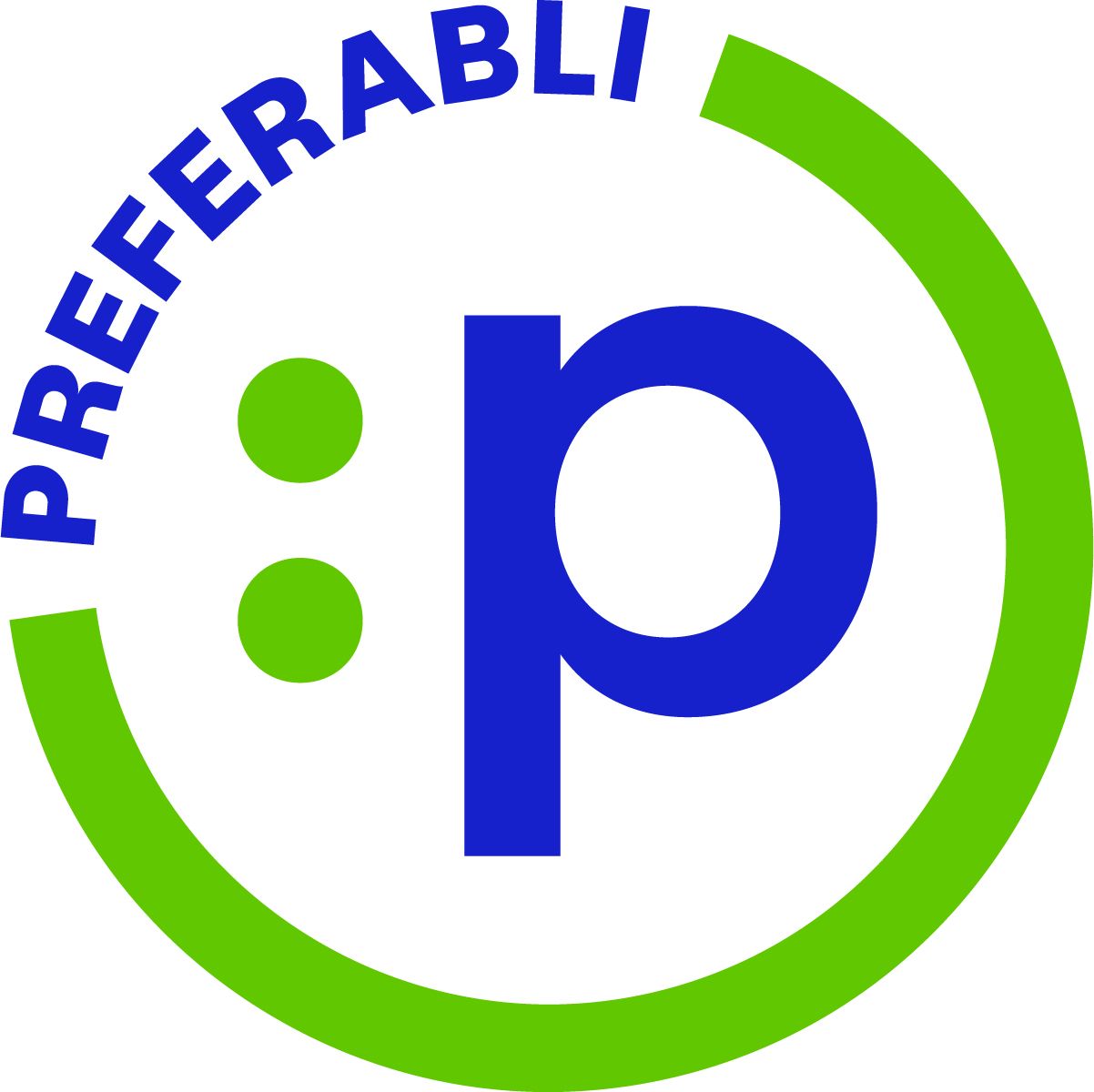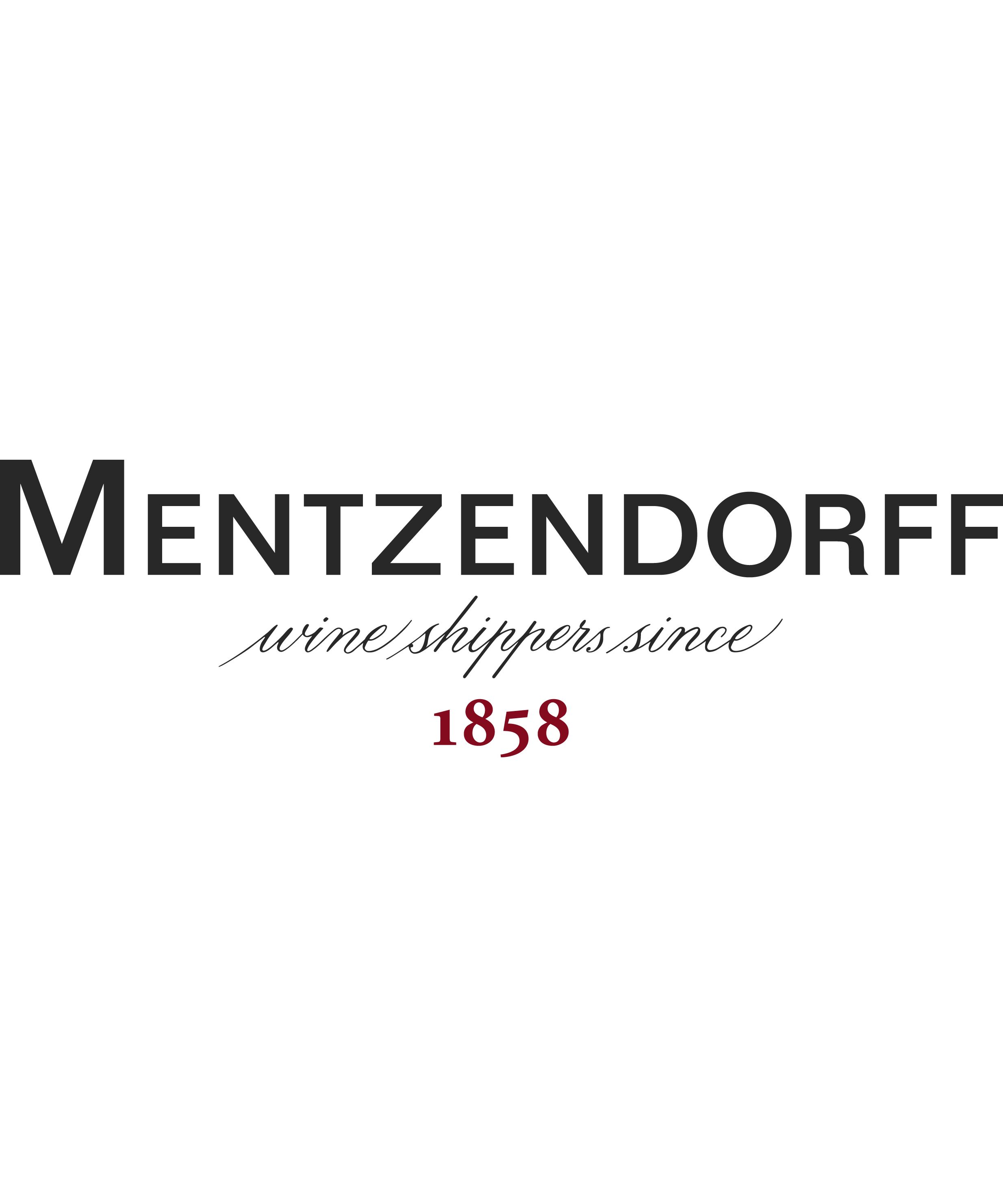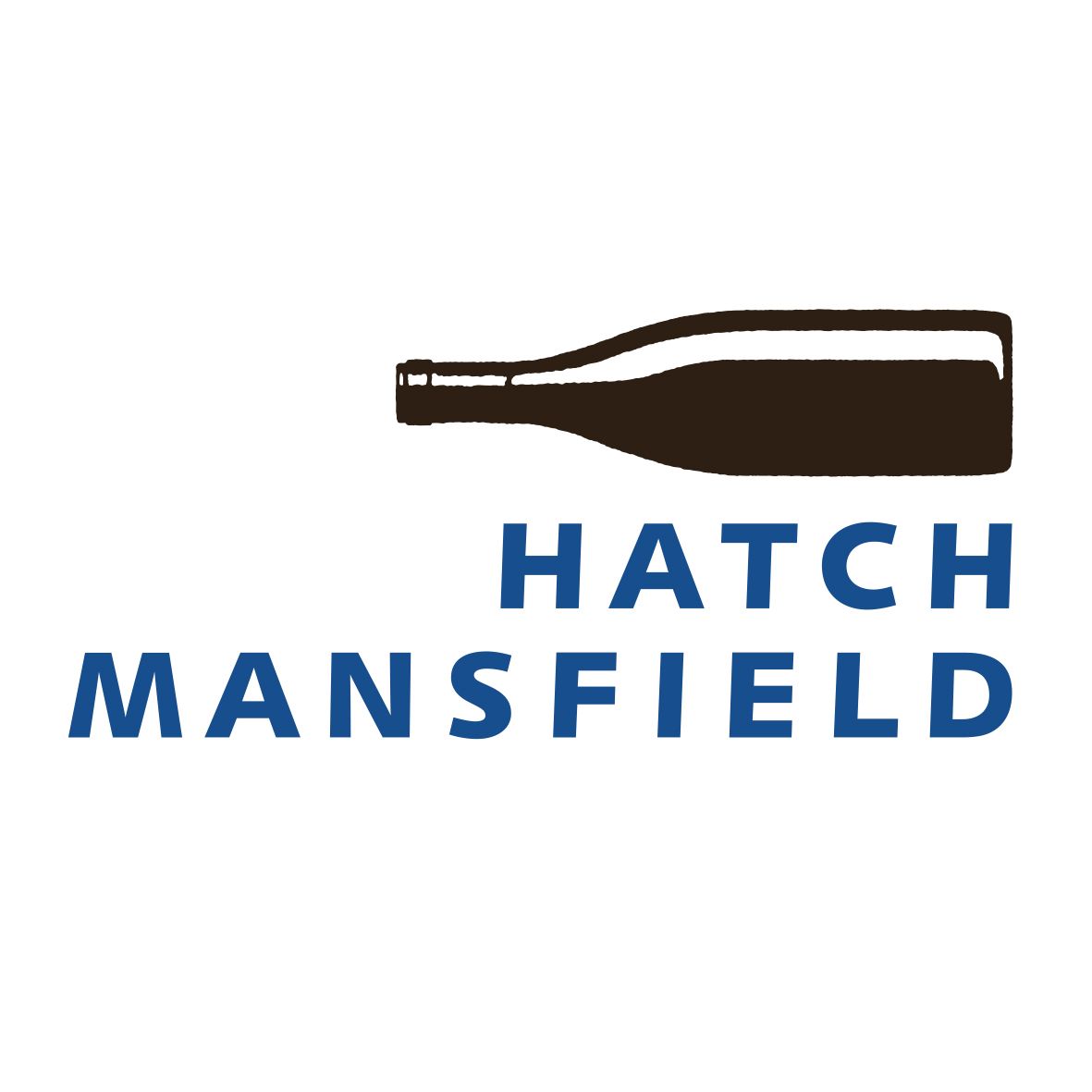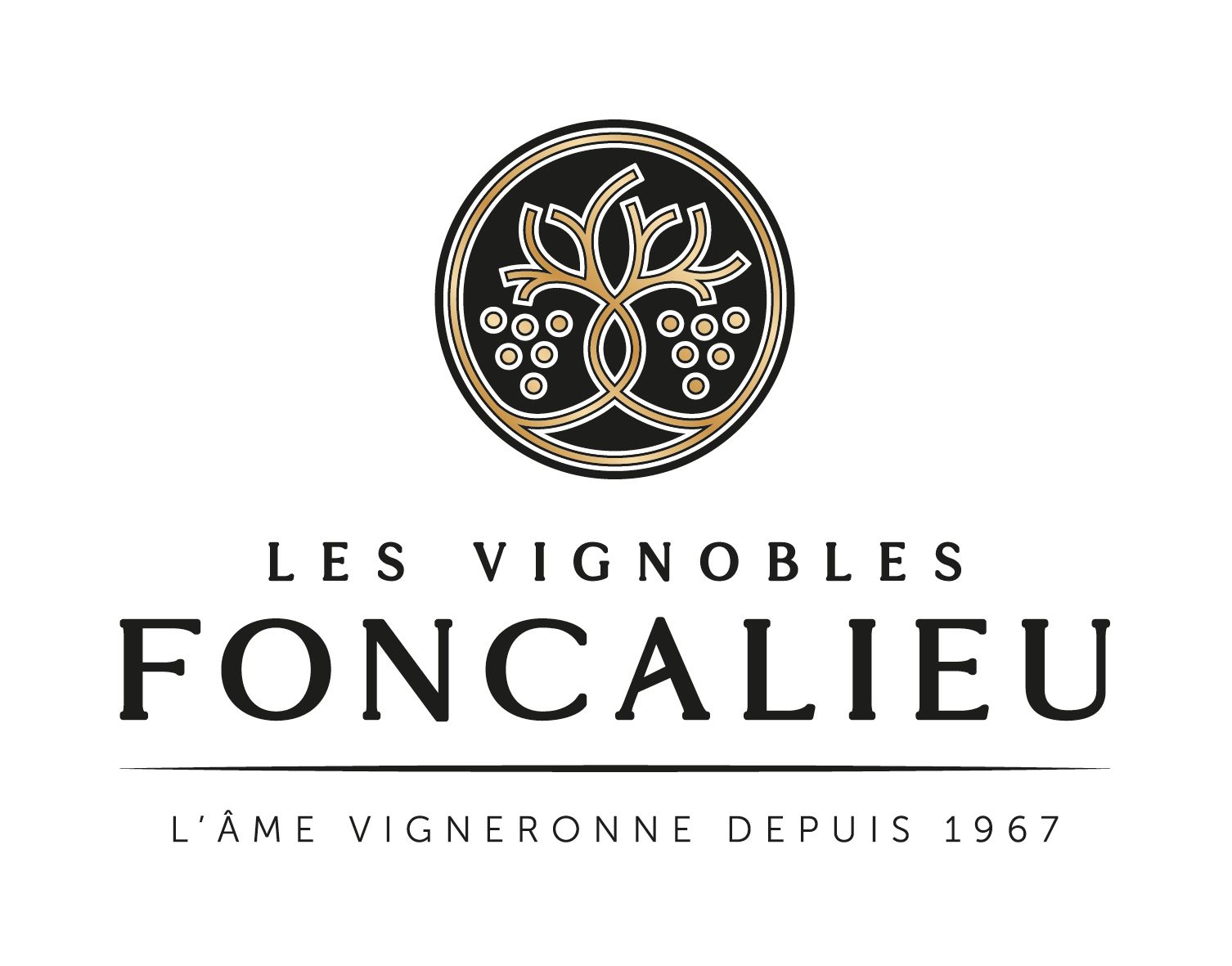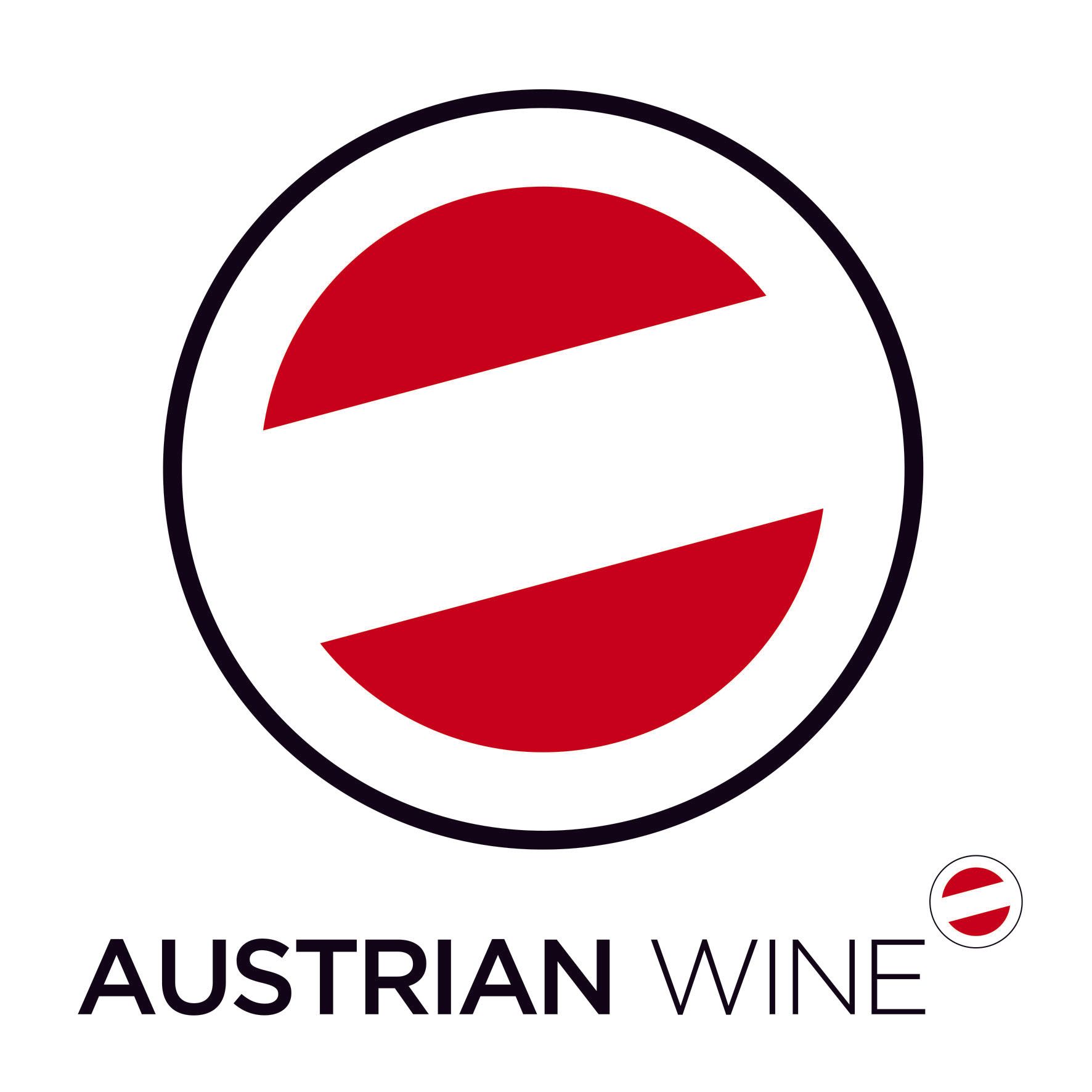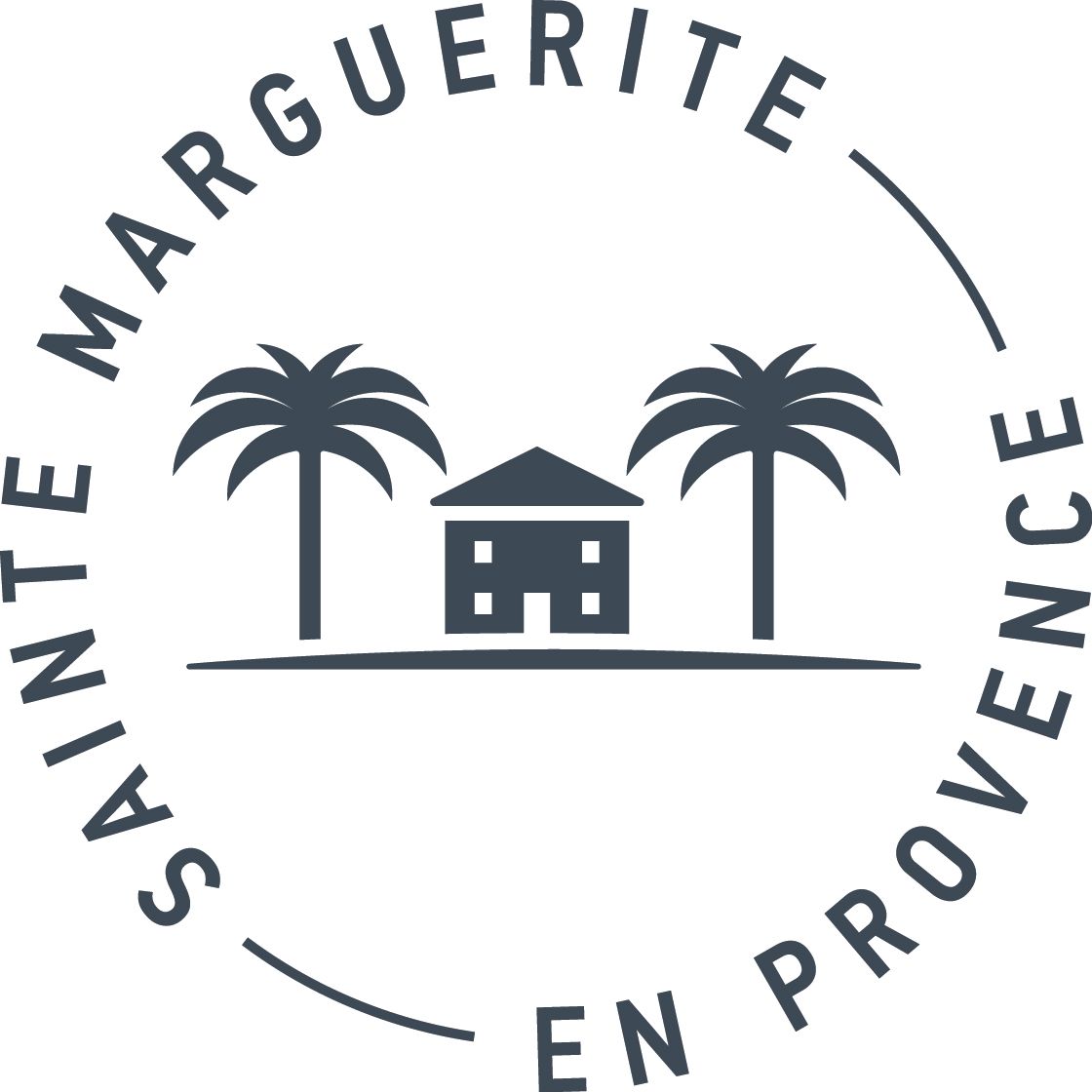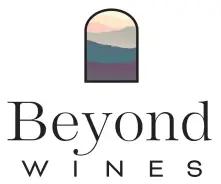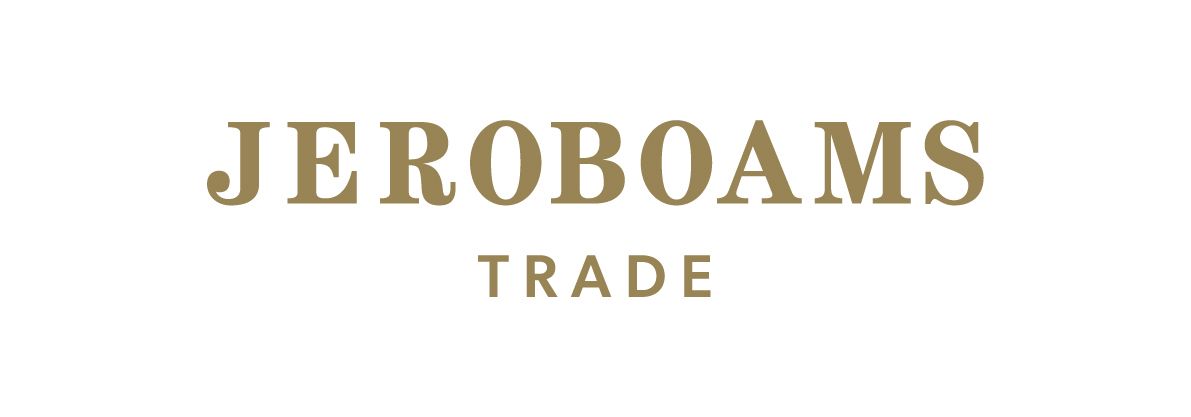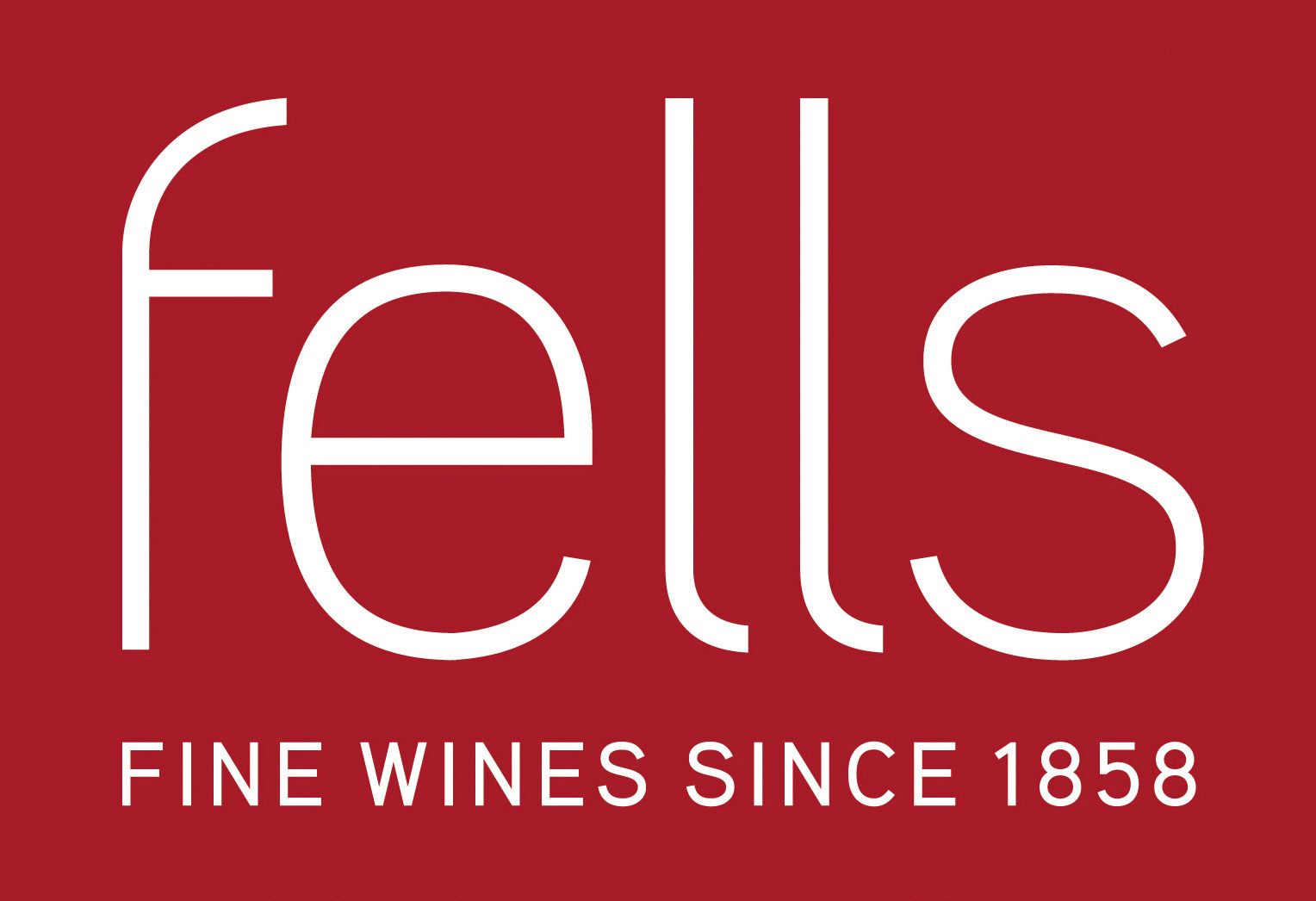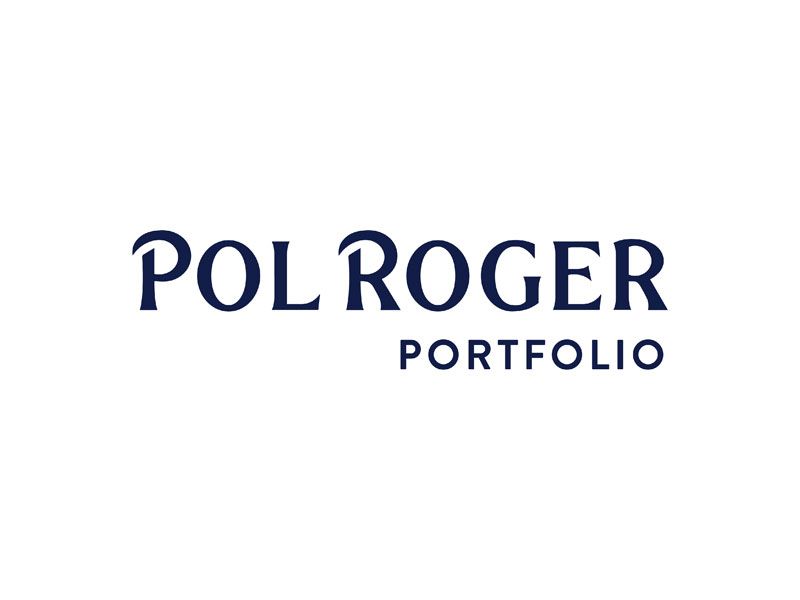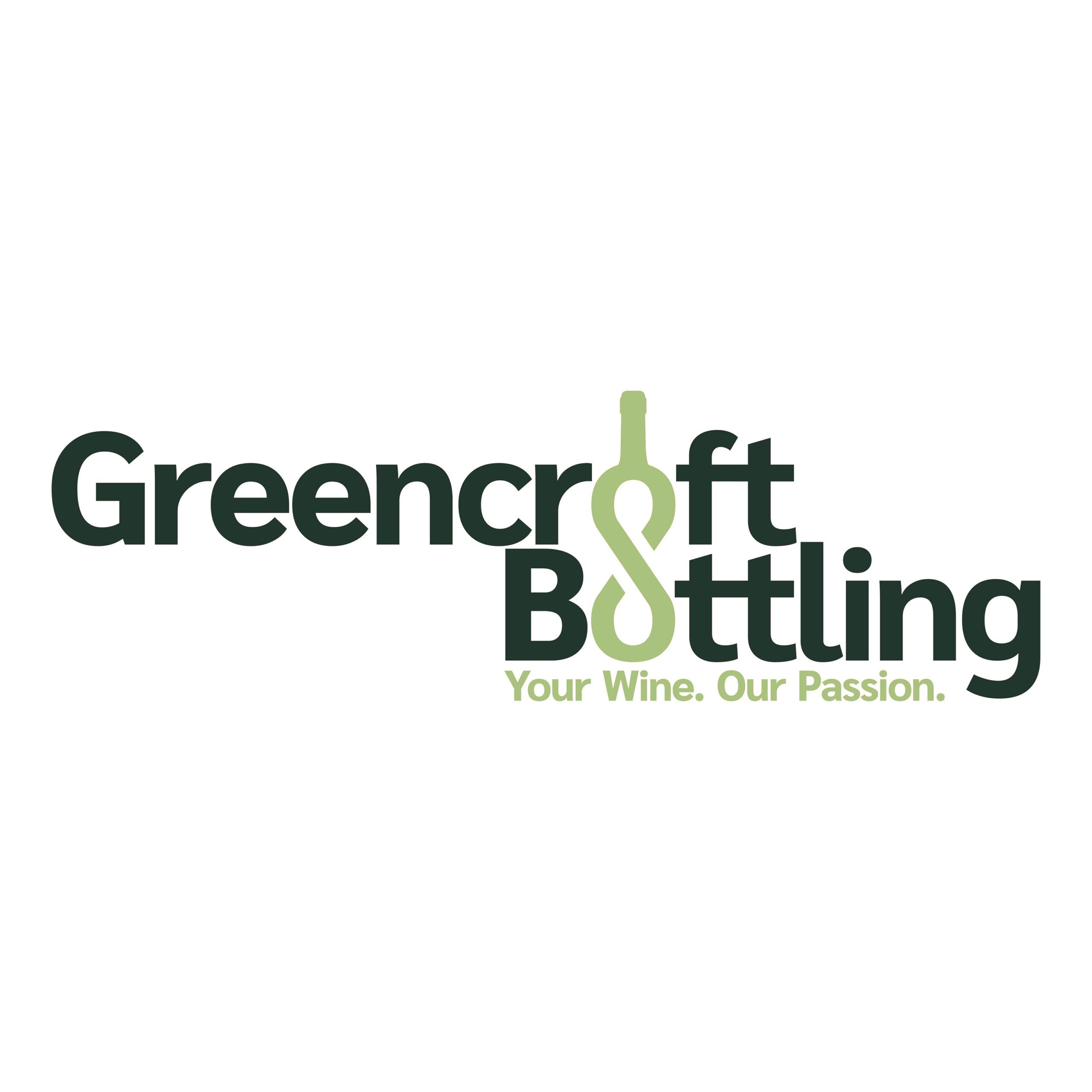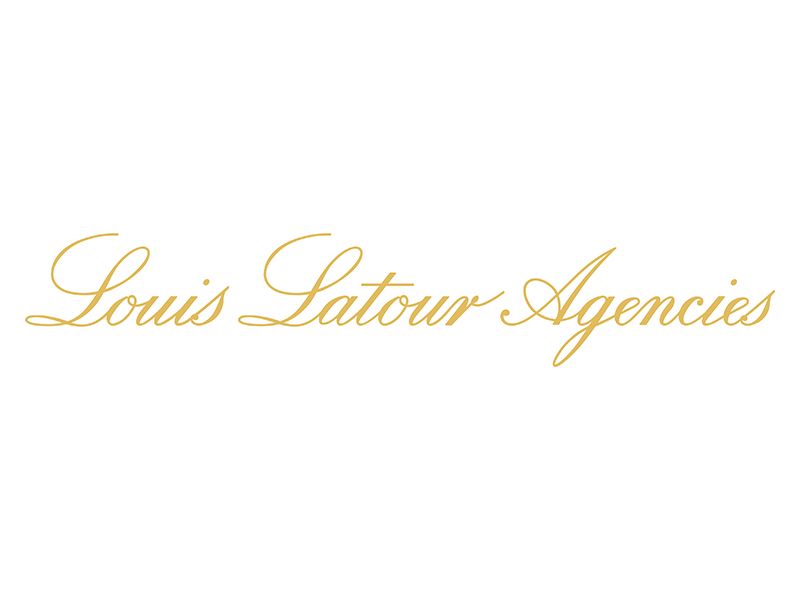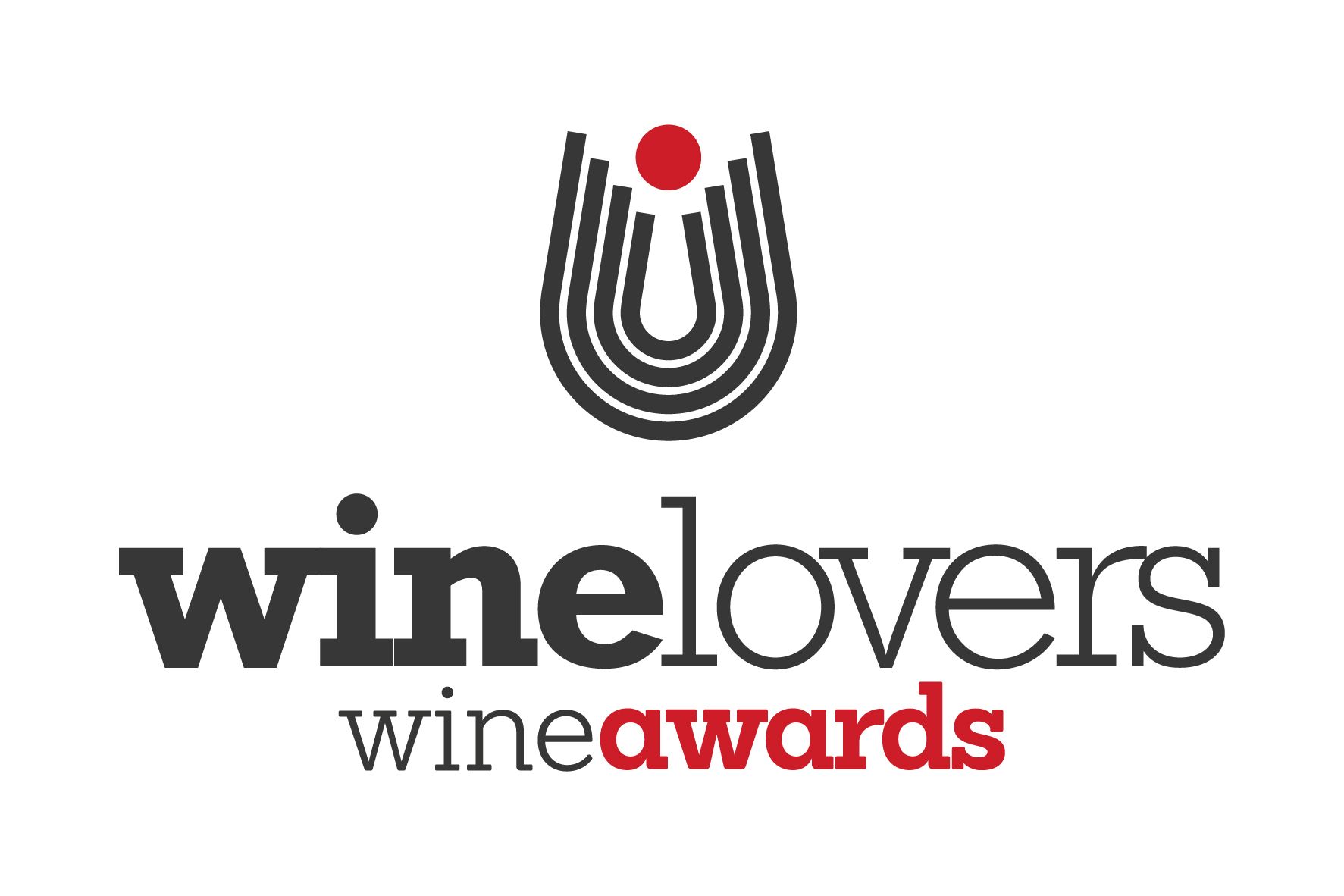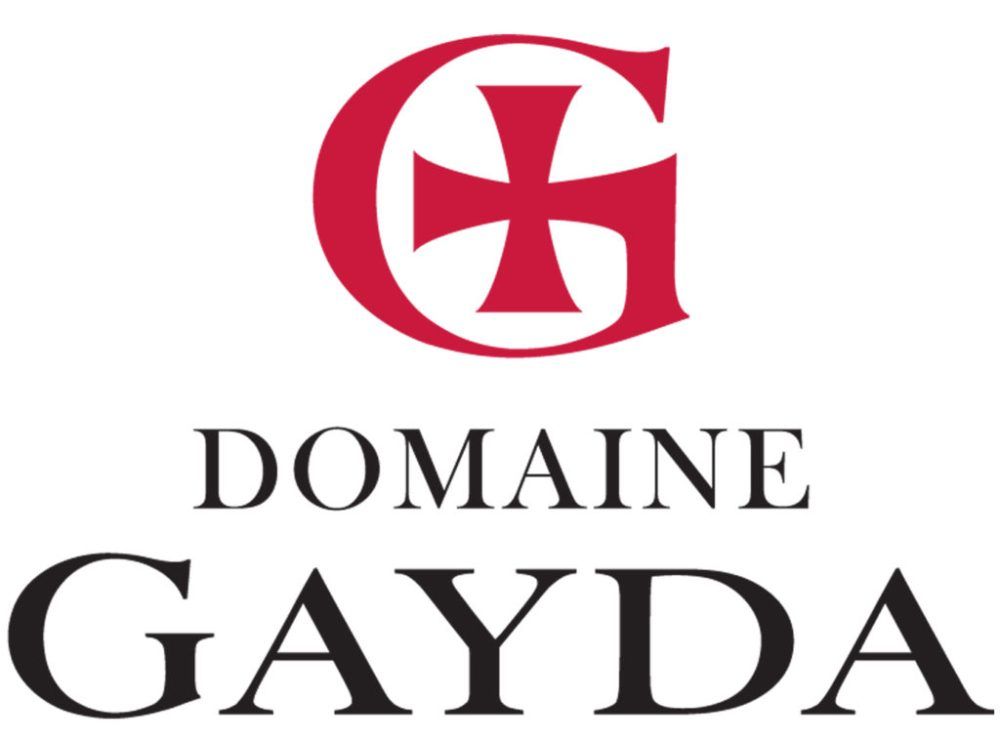“Come for the Cristal, stay for the portfolio” could be MMD’s slogan these days. Having picked up a glass, a tasting book, and the ubiquitous disposable biro, most tasters make a more-or-less subtle beeline for the Roederer table.
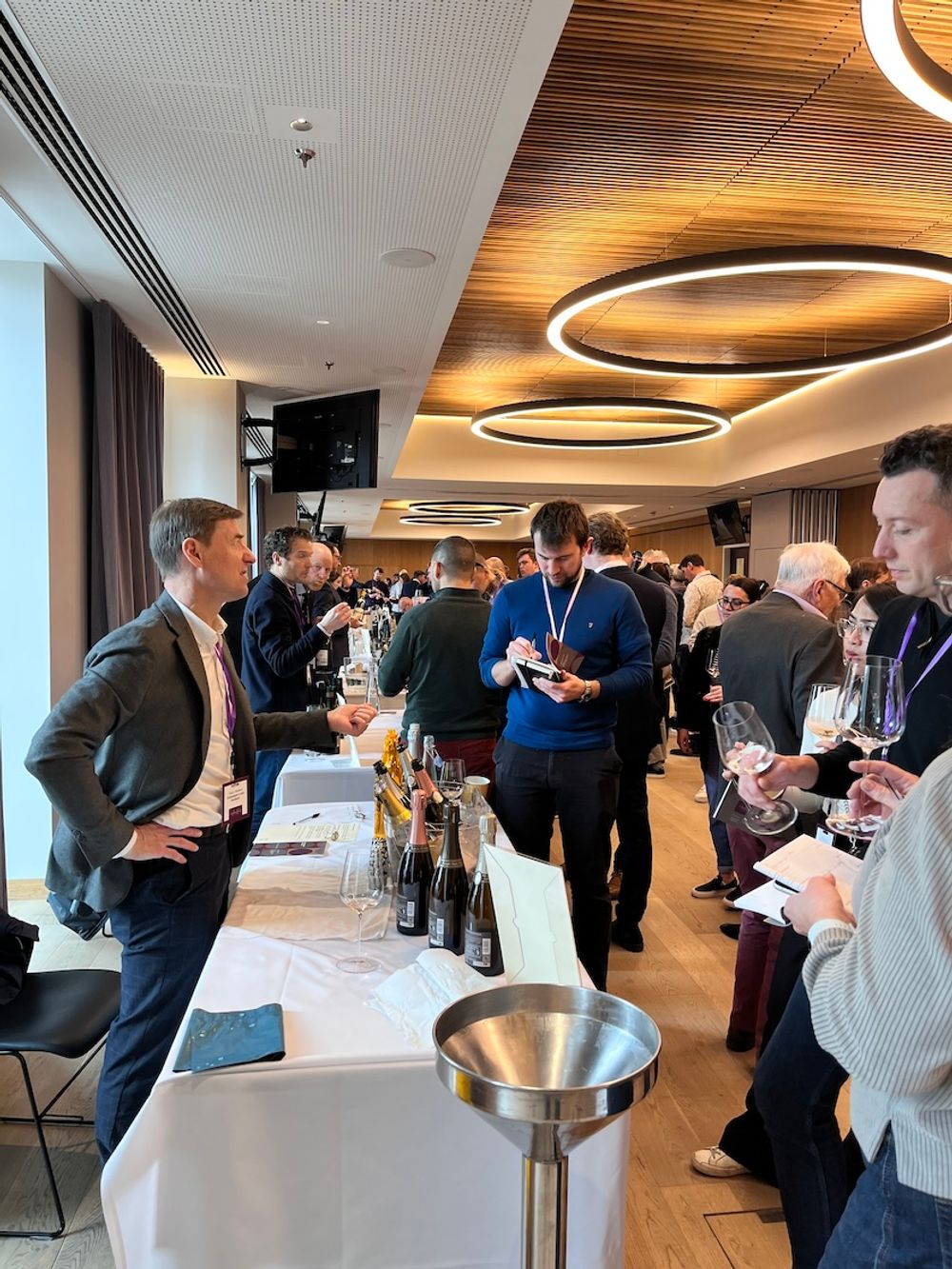
Given that Louis Roederer is both the foundational base and the desirability peak of the MMD portfolio pyramid, it’s impossible to fault the strategy. Whether you then decide to taste thoroughly through the full range, working your way up professionally and respectfully to the Cristal, or just go straight in, shameless and blasé, and ask for one of Champagne’s most coveted names rather comes down to the taster.
Either way, Cristal 2016 was on fine form in a tricky, frost- and hail-afflicted year, with export director Thierry Wallaert noting that 2016 was “a more continental vintage that was especially good for Pinot Noir”. Of the 60 plots across 250 hectares, 45 were chosen to provide fruit, with an average vine age of 40 years. Delivering both the savoury crunch of Parmigiano Reggiano and the smooth butteriness of brioche, the nose leads into a yellow-fruited palate, marked by quince, fresh apricot, Golden Delicious apples, and hazelnut and candle wax aromas tucked away underneath.
Very long, very impressive, but almost so the other Roederer wines, including the impressive, gastronomic rosés, Rosé Vintage 2017 and Philippe Starck Rosé Brut Nature 2015, each providing a different interpretation of the serious, even highbrow, Roederer approach to pink Champagne.
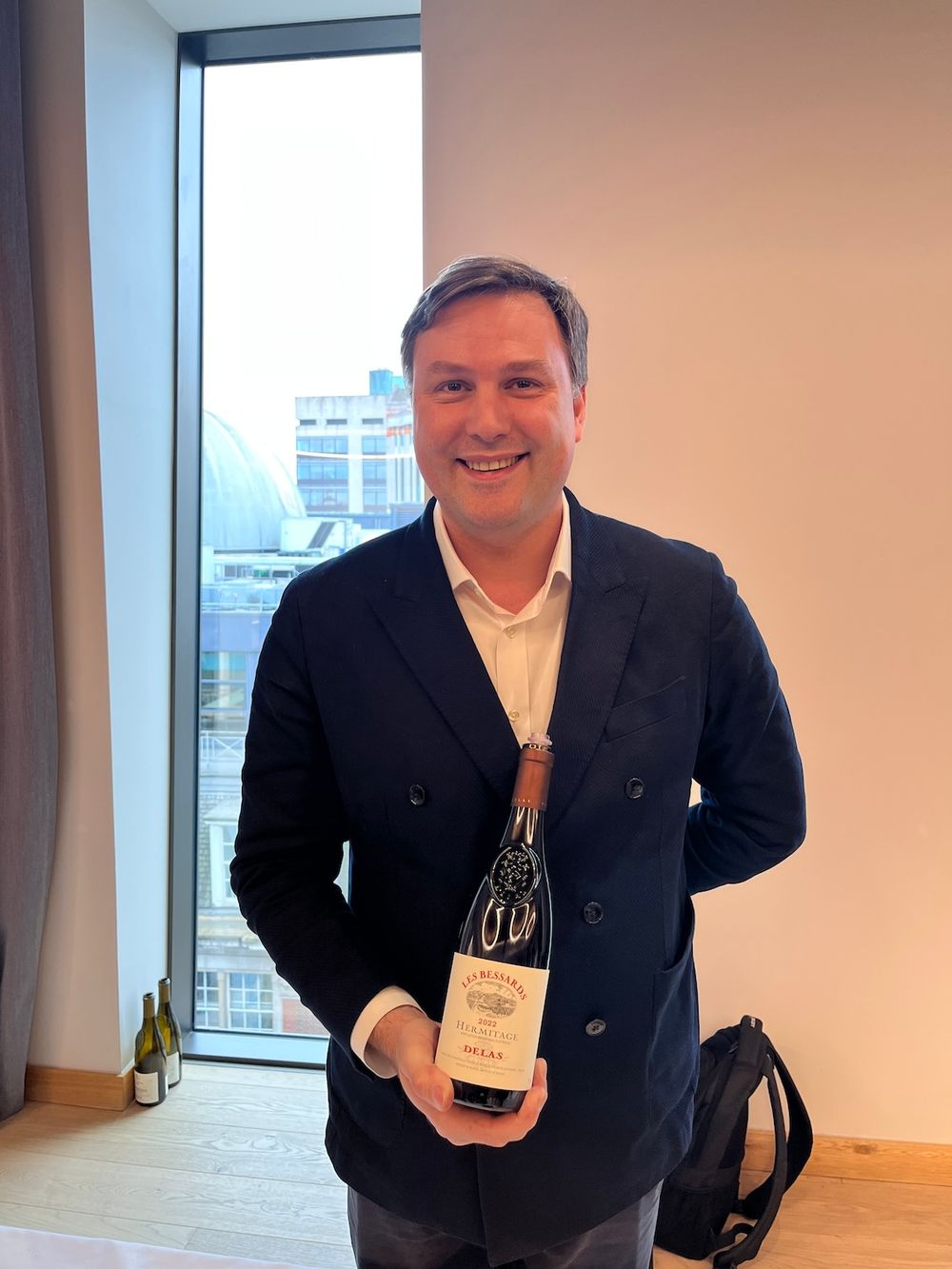
Cyrille Harmel, export director for Delas Frères
After that, the difficulty for any taster is to decide where to go next, how to pick the highlights from a room full of highlights, but the Delas Frères portfolio was firing on all cylinders and certainly no anticlimax. Sometimes, large producer portfolios can suffer from a sense of sameness, an aesthetic line imposed on the winemaking that allows some, but not enough, flexibility across a range of wines. Not at Delas, where every wine tasted impressively individual. There is, in my view, absolutely no way anyone could taste this lineup blind and think they were all from the same producer. Nowadays we roll out the word terroir, but I think it's equally likely to be smart, switched-on winemaking.
If there was a thread to the Delas range, it was evidenced by a light touch with oak and a focus on acidity and tension across the board. With 30 hectares across the northern Rhône, and ten in Hermitage, Delas has some impressive raw material at its disposal. Since 2013, the vines have been worked organically but without official certification. Winemaker Jacques Grange and his team have done an expert job here, and the pricing remains some of the most competitive in the Rhône.
Highlights were the juicy, expressive Saint-Esprit Côtes-du-Rhône 2022, raised in concrete to retain a bouncy, vibrant fruit character and surprisingly crisp acidity. The St Joseph Les Challeys 2023 showed moreish freshness, the on-point acidity carrying hedgerow and bramble fruit through the palate – a refined expression of the potent and sometimes ruggedly structured wines of Mauves in the original St Joseph heartland.
No stems are used at Delas, yet the exuberantly polished La Landonne Côte-Rôtie 2020 was full of spicy aromatics and silky, glycerol-rich charm on the palate. At 13.5%, it is probably lower in alcohol than many Côte de Nuits reds in the same vintage and tasted more charmingly Burgundian than many Burgundies in this vintage.
But it was the Les Clos 2020 from Crozes-Hermitage that delighted me the most. A single vineyard wine delivering a wine of gorgeous purity, perfume, and length, this just had energy and exuberant charm in spades—the sort of extrovert bonhomie that is impossible to resist in the glass. It took more effort to spit this even than the more complex, magnificent, layered and youthful Hermitage Bessards 2022also on show.
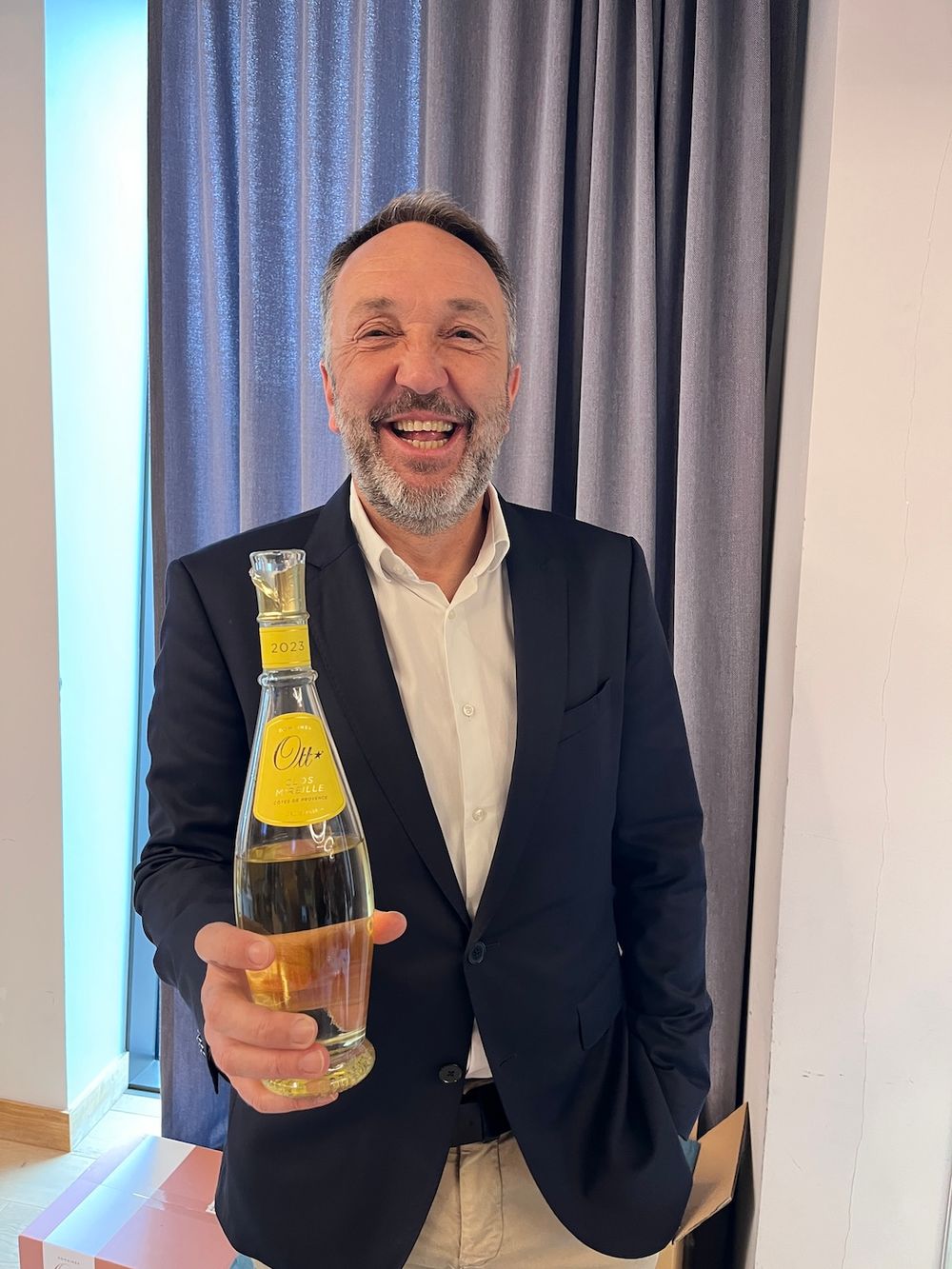
Jean-François Ott for Domaines Ott
A Domaines Ott masterclass on the ageing potential of rosé showed the continued attention to fine wine seriousness in a more lifestyle-orientated category, but it was Ott’s pleasingly off-brand white blend that captivated me. Clos Mireille Blanc 2023 is an unlikely blend of Rolle and Sémillon, the latter an innovation dating right back to founder Marcel Ott, who brought it home from his travels in Bordeaux.
The wine is subtle and textured, with stock, lemon zest, and savoury elements, and the kind of stony, appetising freshness that encourages you to put on an apron and start prepping some vegetables. It put me in mind of reading Elizabeth David, enjoying a Provençal fish stew, and crushing lavender with your fingertips in the hot shimmer of a late summer afternoon.
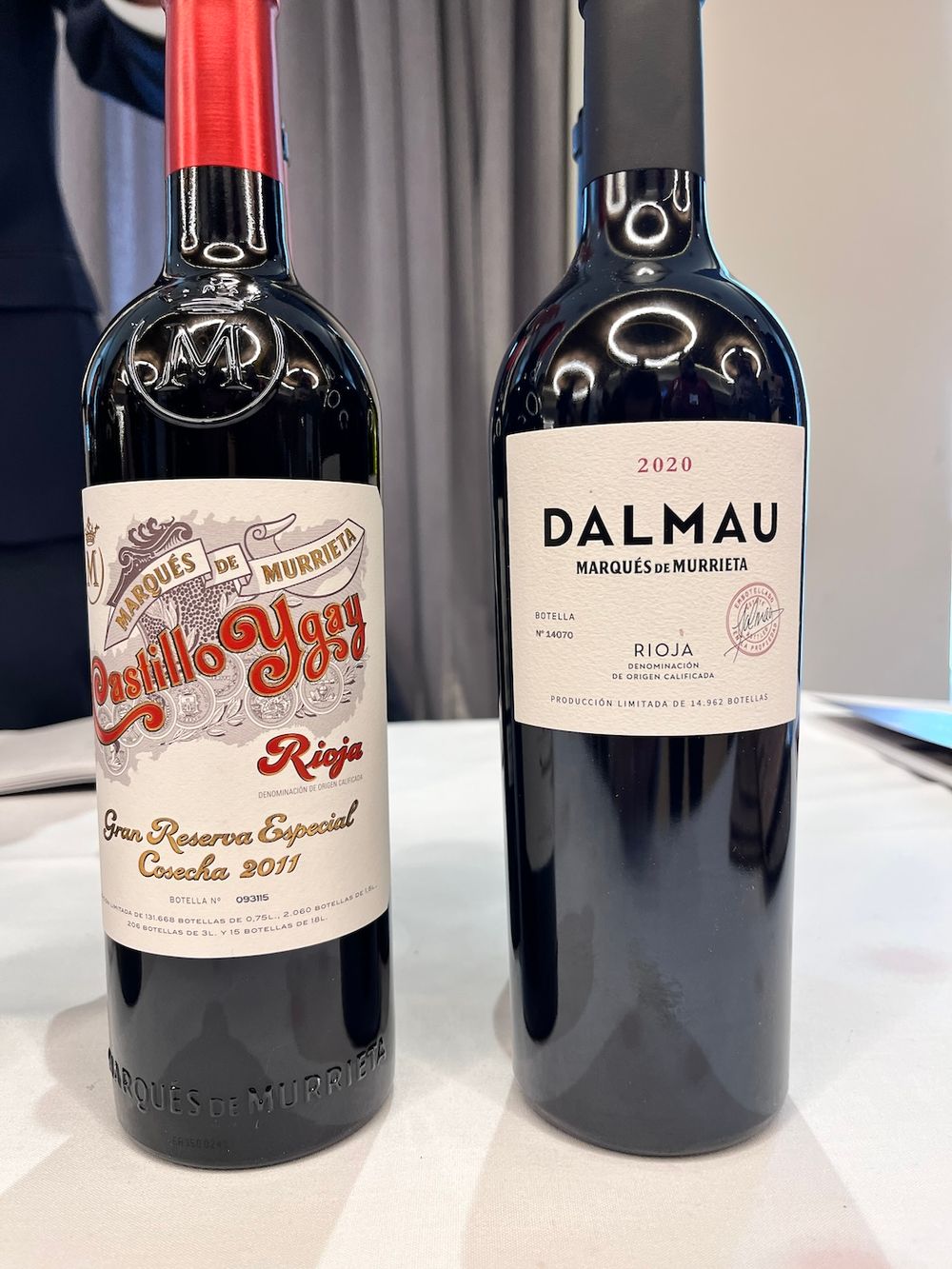
Crowds were gathering at the Marqués de Murrieta table, a testament to the pulling power of Ygay Gran Reserva 2011, a shrine of traditional Rioja, an apotheosis of strawberry-scented Tempranillo, sweetly spiced American oak, and the darkened slumber of bottle age. It's wine for the soul. Equally priced, Dalmau Reserva 2020 was the rather delicious blasphemy next door – a single-vineyard wine created in the ’90s that includes 12% Cabernet Sauvignon, in a sort of Super Rioja style, rich and full-throttle yet surprisingly refined, something akin to hearing a full orchestra play a rendition of “Eye of the Tiger”.
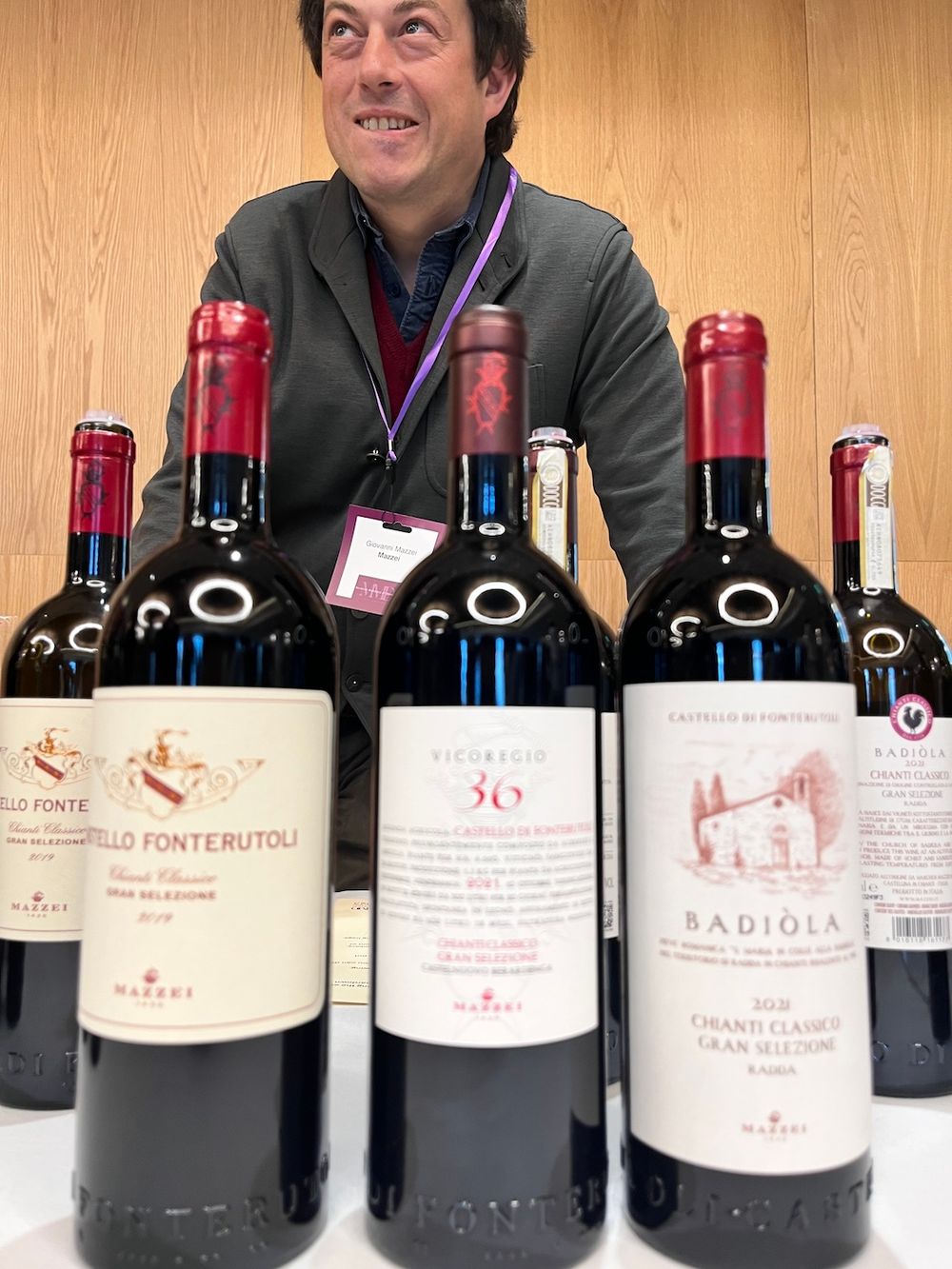
With Giovanni Mazzei at Castello di Fonterutoli, I had a discussion about the evolution of the Gran Selezione category in Chianti Classico; the Castello2019, Vicoregio 38 2021 and Badiola2021 were, like it or not (and many buyers don't), the best wines on the table. His view is that Gran Selezione is "going much better than expected" pointing out that smaller producers, bastions of traditionalism, have started to release wines under the designation.
"The quality of the wines today is the fruit of work done 30 years ago," Mazzei reflected. "My generation is conscious that we can also add to the region's future through the Gran Selezione."
But, he remarks, "it's so important to keep the level high here,” referring to the straight or annatta Chianti Classico. Both the Chianti Classico 2021 and Ser Lapo Chianti Classico Riserva 2021 were vindications of this much-lauded vintage—half the price of the excellent Gran Selezione, and so utterly typical of the region that they ought to be in a WSET Diploma class near you.
If Cristal was the headline indulgence of the tasting, the less obvious but equally unmissable icon in the room was Diamond Creek Vineyards. This is an iconic estate, foundational for Napa, perhaps my favourite in the whole valley, and the first thing I would pour for anyone who thought that Napa Cabernet Sauvignon was all hang time and hype.
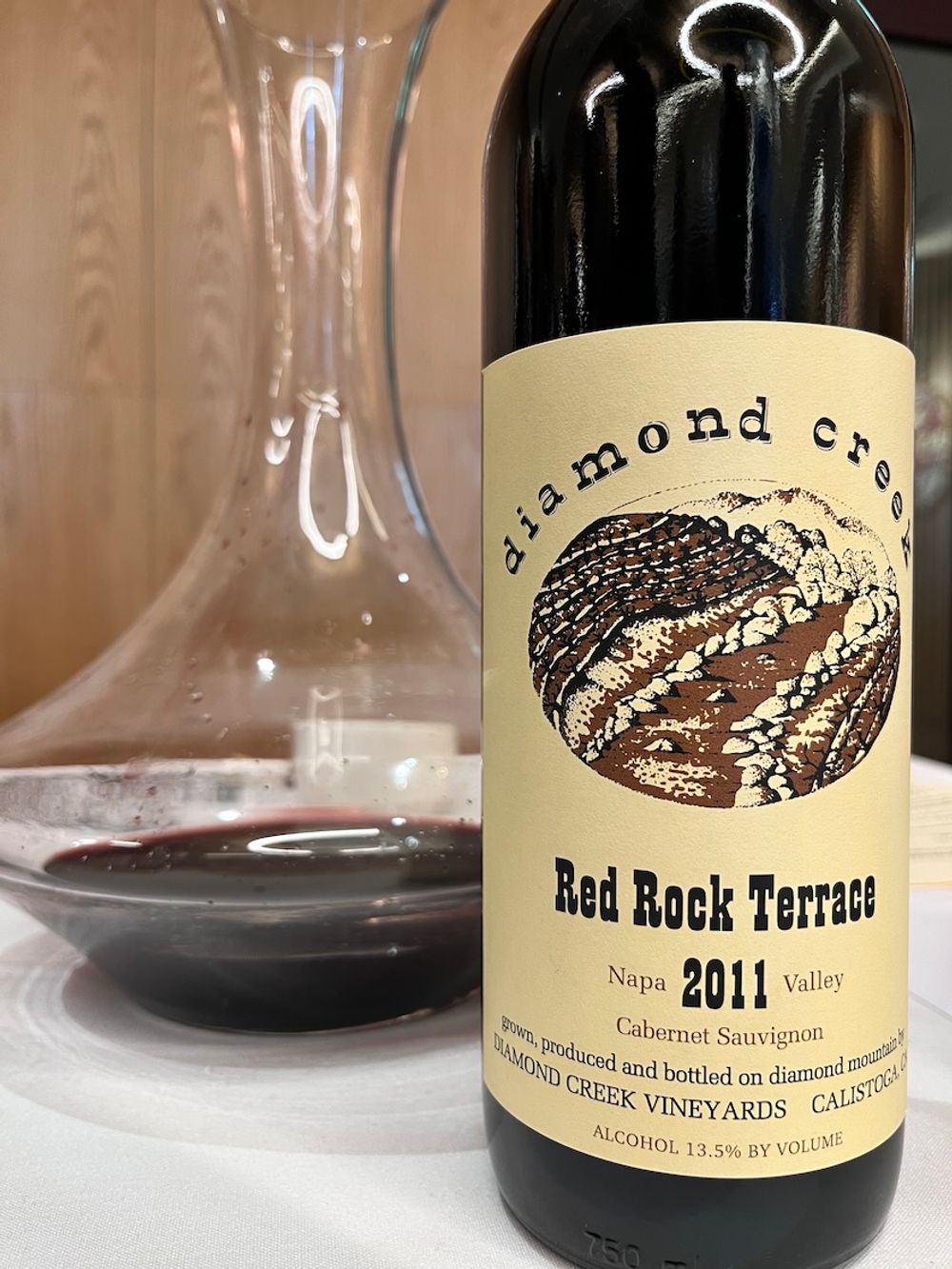
Red Rock Terrace 2011 was as quintessential a Napa Cab as you could find, with rolling, ripe blackcurrant fruit tempered through the palate by expensive, immaculately judged oak, leaving its lingering note of roasted red peppers, tactile acidity, and the scent of mountain herbs on the finish. There is something about the old glamour of California in these wines – Napa Valley before Silicon Valley, the California of orange groves and mid-century Hollywood, of viticultural pioneers and Steinbeck’s American migrants.
These days, Diamond Creek is by invitation only, but it’s an invitation worth the effort of attaining. Last on the tasting sheet, it was a hell of a way to wrap up a day that included some of the most impressive wines in the world.
Maison Marques et Domaines is a commercial partner of The Buyer. To discover more about them click here.

